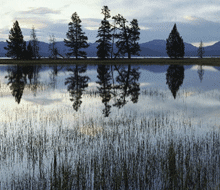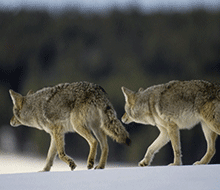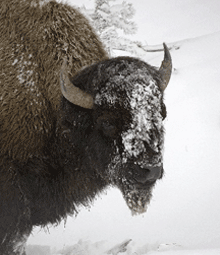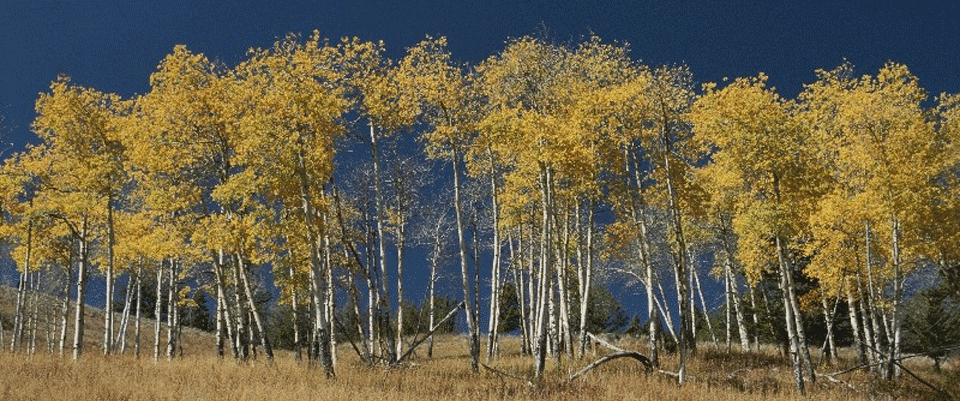

biology/ecology
Yellowstone National Park is the centerpiece of the 20 million acre/31,250 square-mile (8,093,712 ha/80,937 km2) Greater Yellowstone Ecosystem, a region that includes Grand Teton National Park, adjacent National Forests and expansive wilderness areas in those forests. The ecosystem is the largest remaining continuous stretch of mostly undeveloped pristine land in the continental United States, considered the world's largest intact ecosystem in the northern temperate zone (although the area is mostly not temperate but subalpine, and all the national forest lands surrounding the National Park are not intact). With the successful wolf reintroduction program, which began in the 1990s, virtually all the original faunal species known to inhabit the region when white explorers first entered the area can still be found there.
Over 1,700 species of trees and other vascular plants are native to the park. Another 170 species are considered to be exotic species and are non-native. Of the eight conifer tree species documented, Lodgepole Pine forests cover 80% of the total forested areas. Other conifers, such as Subalpine Fir, Engelmann Spruce, Rocky Mountain Douglas-fir and Whitebark Pine, are found in scattered groves throughout the park. As of 2007, the whitebark pine is threatened by a fungus known as white pine blister rust; however, this is mostly confined to forests well to the north and west. In Yellowstone, about seven percent of the whitebark pine species have been impacted with the fungus, compared to nearly complete infestations in northwestern Montana. Quaking Aspen and willows are the most common species of deciduous trees. The aspen forests have declined significantly since the early 20th century, but scientists at Oregon State University attribute recent recovery of the aspen to the reintroduction of wolves which has changed the grazing habits of local elk.
There are dozens of species of flowering plants that have been identified, most of which bloom between the months of May and September. The Yellowstone Sand Verbena is a rare flowering plant found only in Yellowstone. It is closely related to species usually found in much warmer climates, making the sand verbena an enigma. The estimated 8,000 examples of this rare flowering plant all make their home in the sandy soils on the shores of Yellowstone Lake, well above the waterline.
In Yellowstone's hot waters, bacteria form mats of bizarre shapes consisting of trillions of individuals. These bacteria are some of the most primitive life forms on earth. Flies and other arthropods live on the mats, even in the middle of the bitterly cold winters. Initially, scientists thought that microbes there gained sustenance only from sulfur. In 2005 researchers from the University of Colorado at Boulder discovered that the sustenance for at least some of the diverse hyperthermophilic species is molecular hydrogen.










